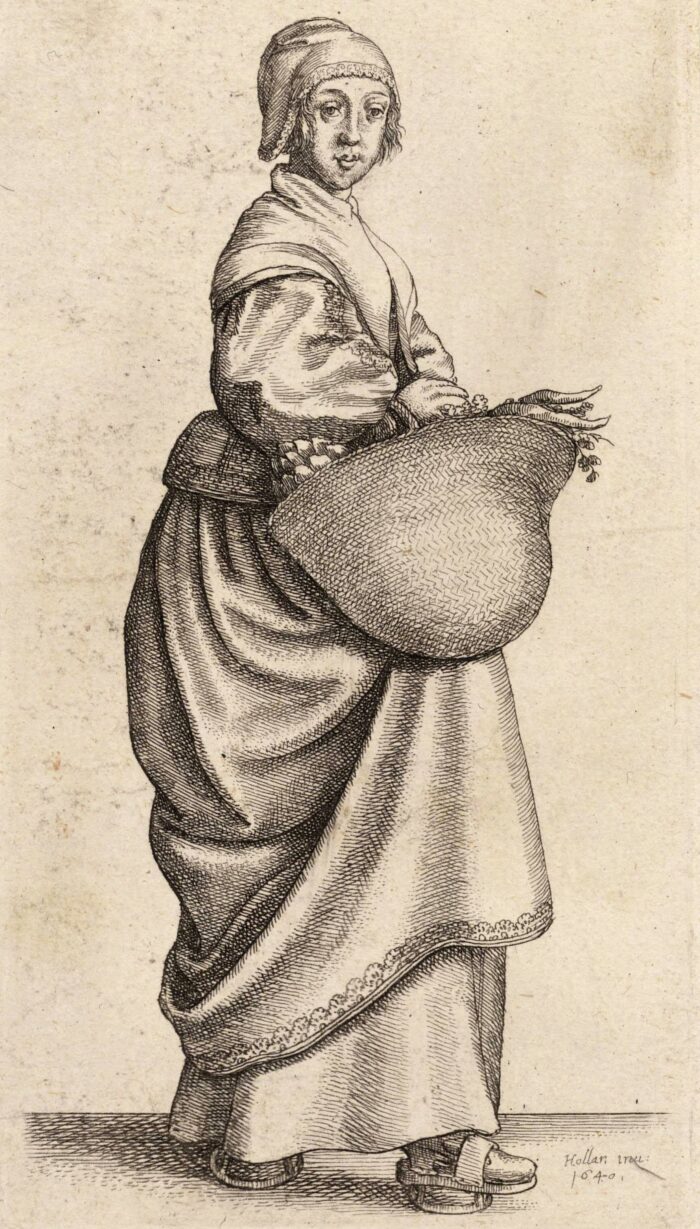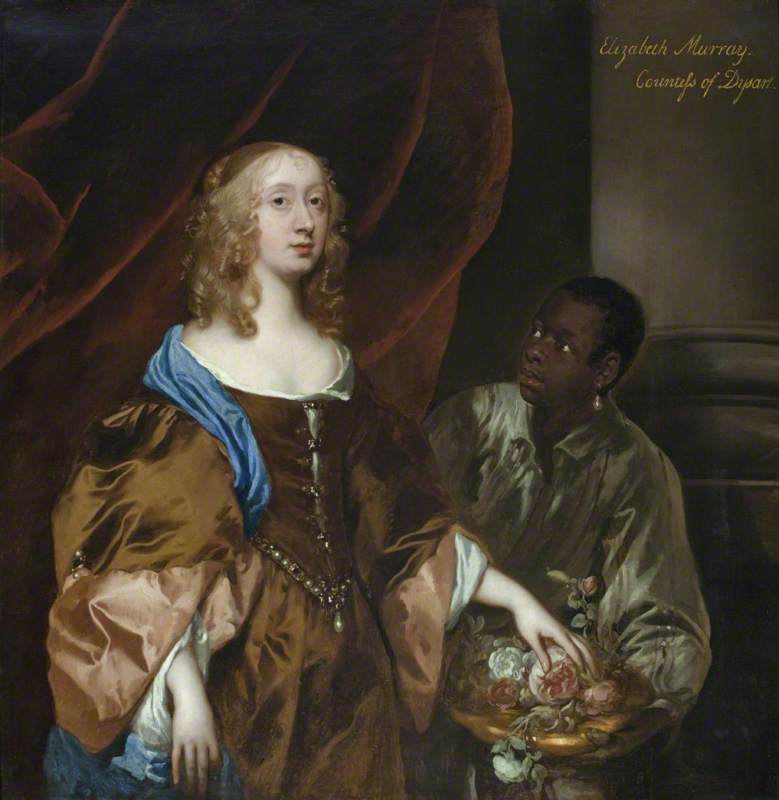Read the stories of four that either survived or succumbed to the flames, and how they reemerged from the ruins.


'The Kitchen Maid' by Wenceslas Hollar, University of Toronto Wenceslas Hollar Digital Collection.
London in the last decades of the seventeenth century was made up of a youthful adult population. This was due to high rates of death amongst children and the elderly. Many young people migrated from far afield to the metropolis chasing work and a new life; young women hoping to find employment as domestic servants, while men sought the opportunities the City offered for apprenticeships or more casual labour.

Thanks to the age of exploration, sea travel and trade, London was also characterised by the diversity of its people. A high percentage of its inhabitants were migrants, and only the constant arrival of people from overseas, as well as across all areas of the British Isles – England, Scotland, Wales and Ireland – could sustain the City’s numbers and allow it to grow, even though slowly.
From the 1600s, religious persecution had brought more than 50,000 Protestant Huguenot immigrants from France, as well as Dutch and Flemish people from the European Low Countries and Sephardic Jews and Ashkenazim from Poland and Germany. Each settled in specific areas of the City and formed distinct communities, such as Irish migrants in and around St Giles in the Fields, which became known as ‘Little Dublin’.
Read more about London Aliens.


Records show that Black and Indian populations lived in London from as early as the late 1500s but from the 1650s the numbers of African people coming to the British Isles, especially London, began to increase significantly due to the effects of the slave trade. Many of the City merchants involved in the exploitative colonial economy brought enslaved Africans to Britain as their servants.
These included Lewis, a Black servant in the household of Sir Jeremiah Sambroke, who was baptised in 1691. Philip and Anne Bristo were also a Black couple who lived in the parish of St Botolph’s. Their son William was buried there in 1705. By the late 1800s it is estimated that perhaps anywhere between 14,000 to 30,000 people of African descent lived in London out of a population of about 675,000.


While Wren does not appear to have been a direct investor in a slave trading company such as the Royal African Company, he was certainly involved in actions that contributed to the expansion of the empire, as well has having indirect connections with companies that used slaves. He was certainly complicit in a world of wealth and power that benefitted significantly from the slave trade. The many churches Wren built in the Square Mile sit amongst institutions like the Royal Exchange, the Bank of England, and Lloyds which made London the commercial and financial centre of empire. This proximity raises the question of how the construction of Wren’s ornate churches – St Paul’s in particular – benefitted from the City’s commercial wealth or from benefactors involved in the slave economy.
Read more about Wren’s Commercial Interests.
Read the stories of four that either survived or succumbed to the flames, and how they reemerged from the ruins.
Keep up to date with the latest news ...